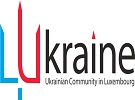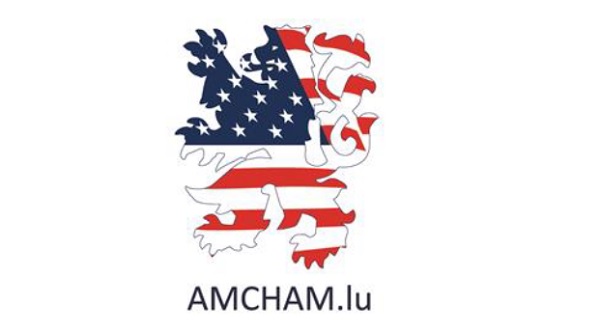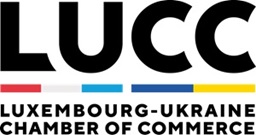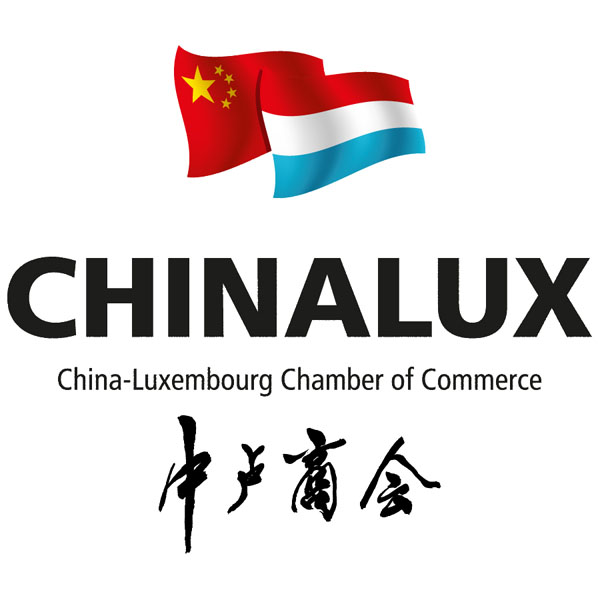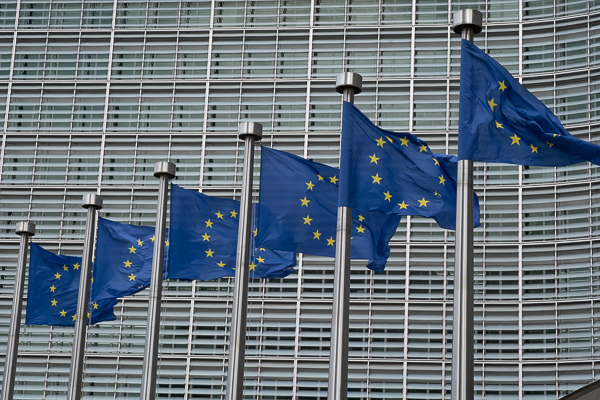 Brussels, Belgium;
Credit: Ali Sahib, Chronicle.lu
Brussels, Belgium;
Credit: Ali Sahib, Chronicle.lu
On Wednesday 16 July 2025, the European Commission presented its proposal for the next long-term EU budget, known as the Multiannual Financial Framework (MFF), covering the period from 2028 to 2034.
The proposed budget amounts to almost €2 trillion, equivalent to 1.26% of the EU's average gross national income over the seven-year period. This financial framework is designed to support Europe's ambition to become an "independent, safe, prosperous and thriving" society and economy over the next decade.
The Commission emphasised that the increasing challenges Europe faces (in areas such as security, defence, competitiveness, migration, energy and climate resilience) require a "strong" and "forward-looking" response.
Consequently, the Commission has proposed a "fundamental redesign" of the EU budget to make it more "streamlined, flexible and impactful". The aim is to "significantly enhance" the EU's capacity to deliver on core policies and address new and emerging priorities, while continuing to support people, business, EU Member States, regions, partners and the EU's collective future.
The proposal also includes new own resources and adjustments to existing ones, which are expected to ease pressure on national budgets, generating €58.5 billion per year (in 2025 prices).
Ursula von der Leyen, President of the European Commission, stated: "Our new long-term budget will help protect European citizens, strengthen Europe's social model and make our European industry thrive. In a time of geopolitical instability, the budget will allow Europe to shape its own destiny, in line with its vision and ideals. A budget that supports peace and prosperity and promotes our values is the best tool we can have during these uncertain times."
Key features of the proposed budget include:
- more flexibility to allow Europe to act and react quickly when needed;
- simpler, more streamlined and harmonised EU financial programmes for easier access to funding;
- a budget tailored to local needs, with national and regional partnership plans based on investments and reforms, for targeted impact where it matters most;
- a competitiveness boost for Europe to secure supply chains, scale up innovation and lead in clean and smart technology;
- a balanced package of new own resources that ensures adequate revenues for shared priorities while minimising pressure on national public finances.
The Commission's proposal is designed to ensure that EU funding is steered by the EU's political priorities, delivering results that national budgets cannot achieve alone.
The proposed budget focuses on:
- investing in people, EU Member States and regions, notably bringing together EU funds implemented by Member States and regions under one coherent strategy, with cohesion and agricultural policy at its core;
- fostering education and democratic values, with enhanced investment in skills, culture, media and values (e.g. strong Erasmus+ and AgoraEU programmes);
- driving prosperity via competitiveness, research and innovation, for example through a new €409 billion European Competitiveness Fund and €175 billion for Horizon Europe;
- protecting people and building preparedness and resilience to face new challenges, notably through a €400 billion crisis loan mechanism for Member States;
- protecting Europe, for example the defence and space aspect of the European Competitiveness Fund will allocate €131 billion to support investment in defence, security and space, plus €34 billion will be allocated to migration management (triple the current MFF funding);
- building partnerships for a stronger Europe in the world, for example through a €200 billion Global Europe programme and continued support for Ukraine (up to €100 billion for 2028-2034), alongside €3.4 billion for Common Foreign and Security Policy actions;
- bringing in new own resources to match the EU's common ambition.
The Commission has presented the following five new own resources:
- EU Emissions Trading System (EU ETS), expected to generate approximately €9.6 billion per year;
- Carbon Border Adjustment Mechanism (CBAM), expected to generate approximately €1.4 billion per year;
- own resource based on non-collected e-waste (through the application of a uniform rate to the weight of non-collected e-waste), expected to generate approximately €15 billion per year;
- tobacco excise duty (based on the application of a rate on the Member State-specific minimum excise duty rate levied on tobacco products), expected to generate approximately €11.2 billion per year;
- Corporate Resource for Europe (CORE), amounting to an annual lump-sum contribution from companies, other than SMEs, operating and selling in the EU with a net annual turnover of at least €100 million, and expected to generate approximately €6.8 billion per year.
The proposal will now be negotiated with the European Parliament and the Council of the EU before final adoption. Following agreement, it is expected to come into force in January 2028.




